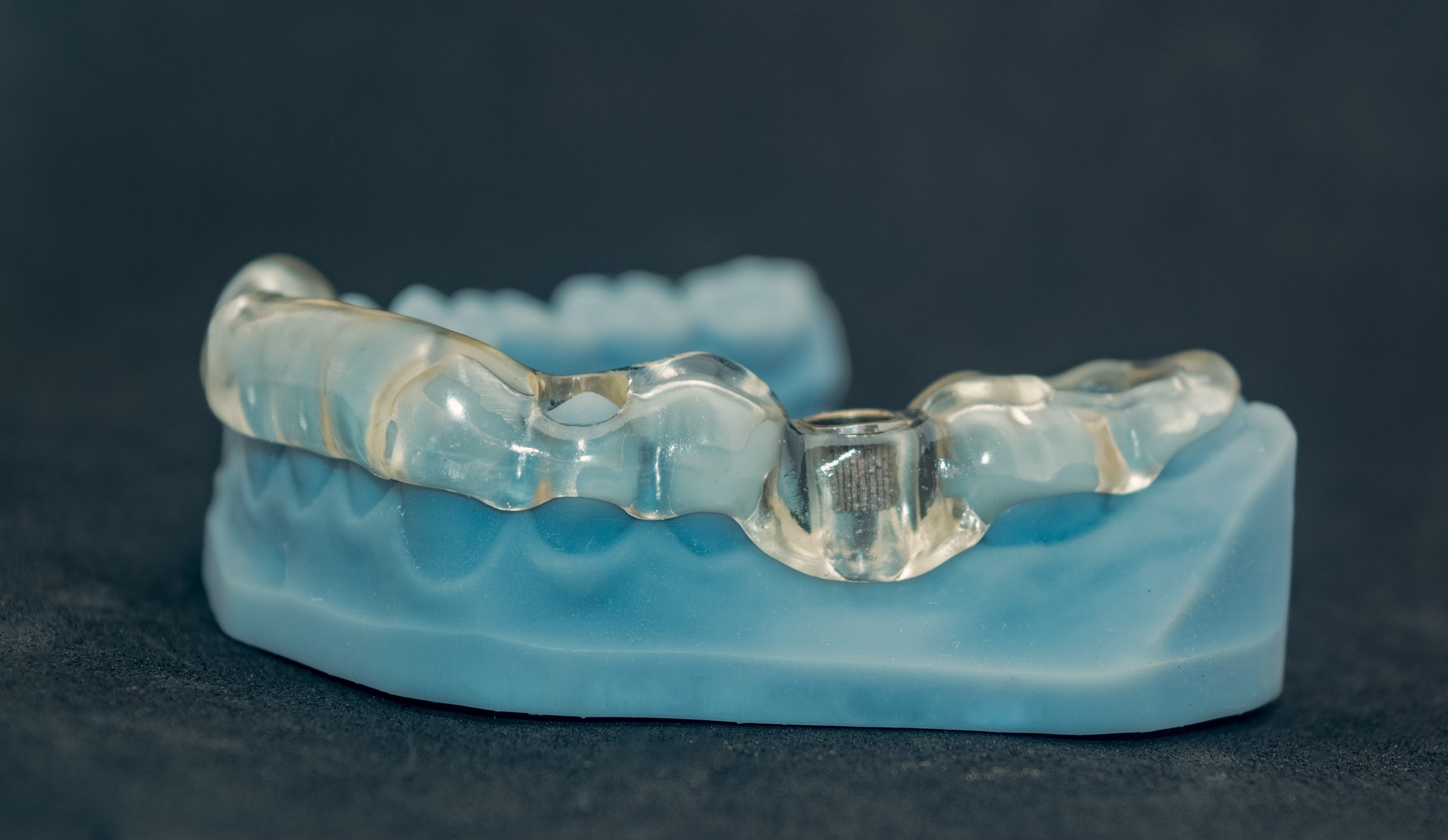Dental Advancements in 3D Printing Technology
Technological innovations are reshaping traditional dental practices, and it’s for the better! One such groundbreaking advancement is the integration of 3D printing technology in the fabrication of dental prosthetics, crowns, and bridges. Dental advancements in 3D printing technology are proving more effective with every cosmetic dental treatment.
This transformative approach offers unparalleled customisation and precision, revolutionising the field of dental restoration.
In this blog, we’ll delve into the key advancements in 3D printing technology and how it is enhancing the capabilities of dental professionals around the world!
1. Precision Engineering and Customisation
At the forefront of the 3D printing revolution in dentistry is the ability to achieve unparalleled precision in the creation of dental prosthetics.
Traditional methods often involve manual labour and are prone to human error, leading to inconsistencies in the final product. 3D printing eliminates such concerns by utilising digital scans to produce highly accurate and customised dental restorations. This precision ensures a seamless fit, reducing the need for adjustments and enhancing overall patient satisfaction.
2. Faster Turnaround Times
One of the primary advantages of 3D printing in dentistry is the significantly reduced turnaround times for producing dental prosthetics.
Traditional methods often involve multiple steps, including the creation of molds and casting processes, which can be time-consuming. 3D printing streamlines this workflow, allowing dental professionals to deliver prosthetics with unprecedented efficiency.
Patients benefit from quicker treatment cycles, minimising the inconvenience associated with prolonged dental procedures.
3. Material Innovation and Versatility
The versatility of materials used in 3D printing contributes to the adaptability of dental restorations. From durable crowns to intricate bridges, 3D printing allows for the utilisation of various materials tailored to meet specific patient needs.
This flexibility extends to aesthetic considerations, enabling the creation of natural-looking prosthetics that seamlessly blend with the patient’s existing dentition. This material innovation not only enhances the functional aspects of dental restorations but also contributes to the overall aesthetic appeal.
4. Cost-Effectiveness and Resource Optimisation
While the initial investment in 3D printing technology may seem substantial, the long-term benefits translate into cost-effectiveness for dental clinics. The reduction in material waste, streamlined production processes, and minimised labour requirements contribute to a more economically sustainable approach.
Forward-thinking dental clinics recognise the value of investing in 3D printing to optimise resources and deliver high-quality, cost-effective dental solutions to their patients.
A Future of Precision and Customisation
As 3D printing continues to establish itself as a cornerstone in dental technology, the landscape of dental restoration is undergoing a profound transformation.
The precision, customisation, faster turnaround times, material versatility, and cost-effectiveness associated with 3D printing are reshaping the way dental professionals approach patient care.
The integration of 3D printing technology reflects a commitment to staying at the forefront of dental innovation. As we move forward, it is clear that 3D printing is not just a technological trend; it is a fundamental shift towards a future where dental care is defined by precision, customisation, and enhanced patient experiences.

